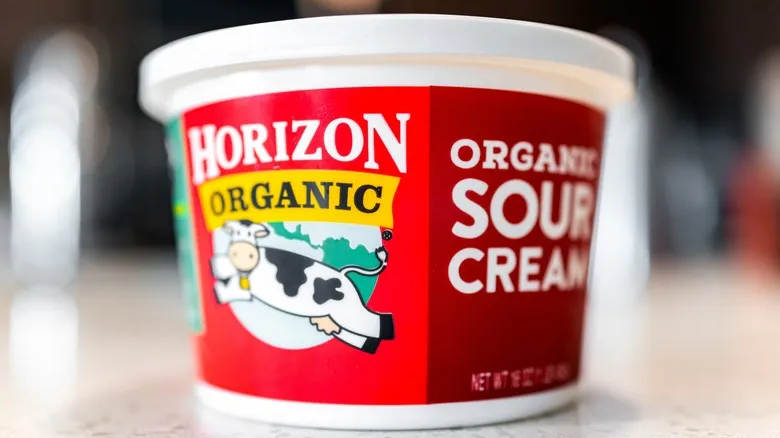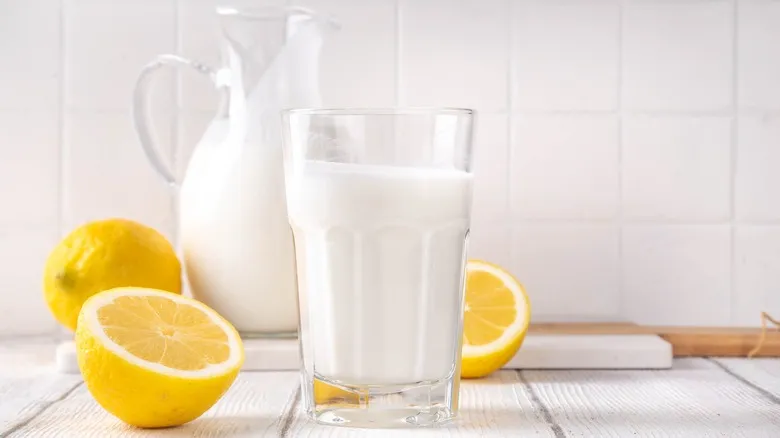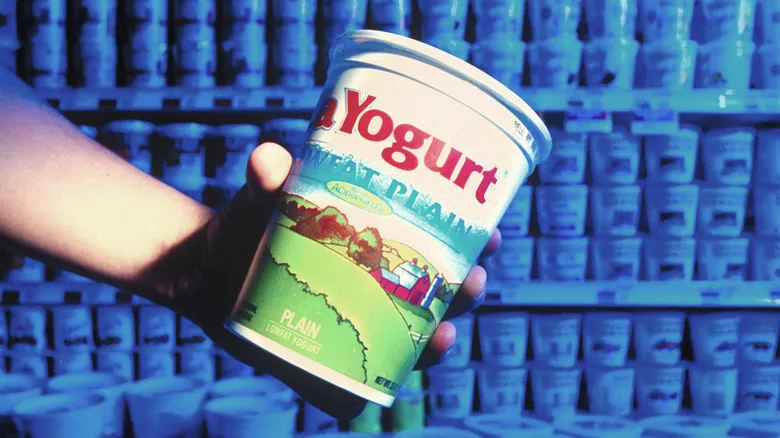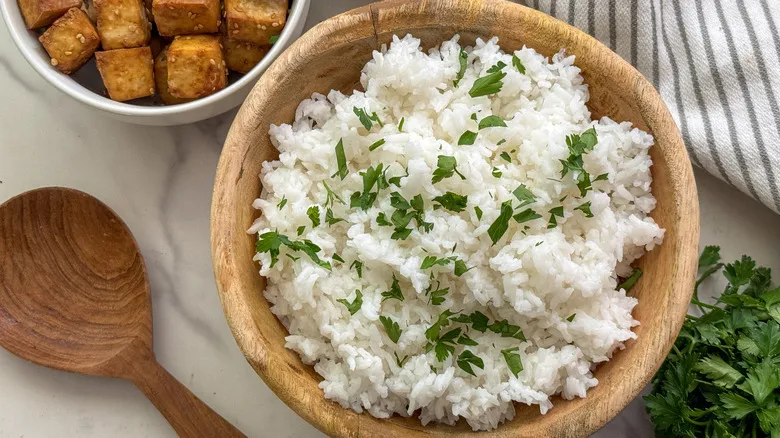Yogurt substitute option number one: Sour cream

Aside from the most straightforward alternative to plain yogurt — a direct substitution with Greek yogurt, which is thicker and higher in protein — one of the best choices is sour cream. You can typically replace yogurt with an equal amount of sour cream.
In terms of texture and taste, sour cream is quite similar to yogurt: it has a creamy and tangy profile that is much closer to yogurt than other thicker dairy options like cream cheese or cottage cheese. Keep in mind that yogurt tends to be a bit tangier than sour cream, but the difference isn't significant. For baking purposes, sour cream is also relatively acidic, which can help with leavening if necessary, and it will contribute moisture as well.
However, it's important to consider the fat content. Sour cream is usually richer than yogurt — according to FDA standards, it must contain at least 18% butterfat. In contrast, yogurt can have fat content up to 10%, but it often ranges from 3-6%. (There are also non-fat yogurts available, but they are not ideal for cooking, especially baking.) Therefore, you might want to slightly reduce the amount of other fatty ingredients if you opt for sour cream.
Yogurt substitute option number two: Buttermilk

Another alternative to yogurt that can be effective—though only in specific circumstances—is buttermilk. This substitution is particularly beneficial for baking. While it imparts a tangy flavor to dishes, it is much thinner than yogurt, making it unsuitable for use in dipping sauces or savory dishes like curries, where it could dilute the overall consistency. However, buttermilk does provide the essential acidity needed for leavening and has a fat content of about 3%, which is relatively similar to yogurt. It will contribute moisture, but caution is needed to avoid excess.
Instead of a direct one-to-one replacement, it's advisable to reduce the amount by ¼. For instance, if a recipe calls for a cup of yogurt, use ¾ of a cup of buttermilk instead. Increasing the flour content can also help counterbalance the added moisture in this scenario. Lastly, if you're in a pinch, you can easily create your own buttermilk at home—just combine whole milk with an acid like lemon juice or vinegar, using a tablespoon of acid for every cup of milk.
Recommended

3 Secret Ingredients That Make Key Lime Pie Taste Even Better

How To Make The Best Baked Tofu At Home

Upgrade Any Fall Dessert With Bourbon-Infused Whipped Cream

Make The Swap To Sourdough Cinnamon Rolls And You'll Never Look Back
Next up





